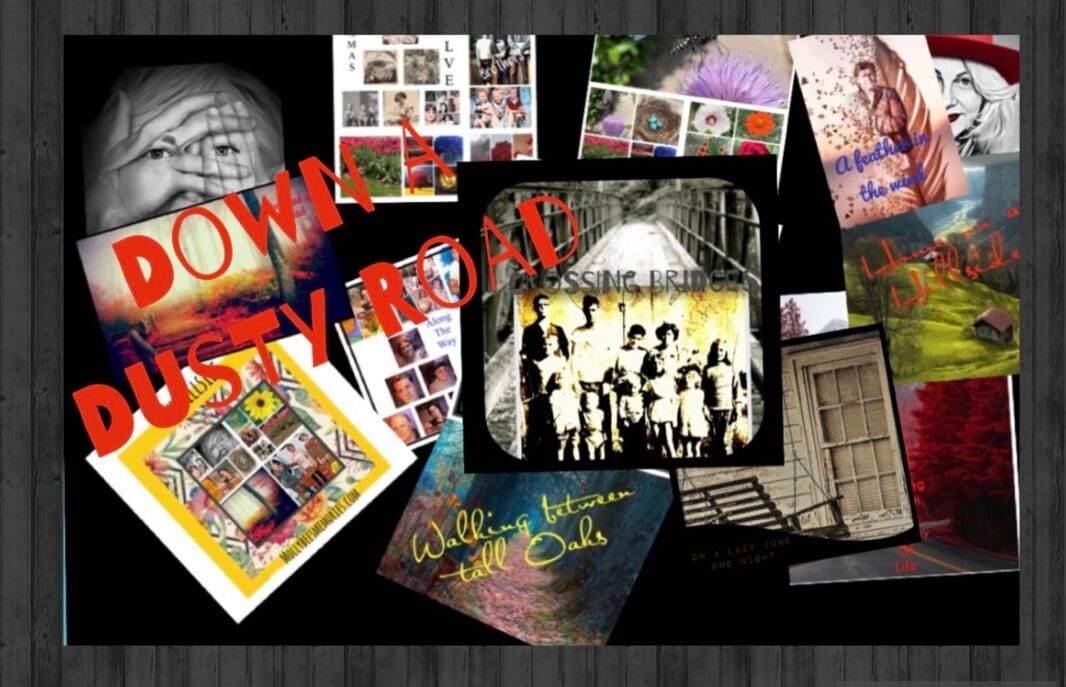
What’s That Smell?
In the 1930s, the great depression was in full swing, but the Wellston school district was one of the richest in America. A 1930 oil find in Drake County had boosted the local economy, and educational spending grew with it. As a result, its taxable revenue had grown to $10million, with additional revenue seen from 30 oil wells on district property.
The Wellston School was a large steel and concrete structure newly built-in 1931for $1 .5 million.
The schools, when built, were on sloping ground with ample air space. It is entirely closed beneath the structure. The school board had overridden the original architect’s boiler and steam distribution system plans instead of installing gas heaters throughout the building.
Early in 1931 the school board canceled their natural gas contract and had plumbers install a tap into Santa Anna Gasoline Company’s residue gas line to save money. While not explicitly authorized by local oil companies, this practice was widespread in the area. The natural gas extracted with the oil was considered a waste product and flared off. As there was no value to natural gas, the oil companies turned a blind eye.
Untreated natural gas is odorless and colorless, so leaks are challenging to detect and may go unnoticed. Gas leaked from the residue line tap and built up inside the enclosed crawlspace that ran the entire length of the building’s facade. Students complained of headaches for some time, but no teacher acknowledged the issue.
I tell you this documented story to explain the story our mother told us.
April 20 was a Thursday, and the school sports competition canceled Friday’s classes to allow students to participate in the neighboring city of athletic competition.
Following the school’s regular schedule, first through second-grade students had been let out early.
My mother was in 2nd grade then, and she remembered The day and events, but she was so traumatized by them that day that she never spoke of the account until she was a married adult. No one would talk about it.
Approximately 300 students and 38 teachers were in the building at the time. Thomas Joe Payne, an “instructor of manual training,” turned on an electric drill. It is the drills
Switch that caused a spark that ignited the gas-air mixture.
Reports from witnesses state that the school walls bulged, the roof lifted from the building, and then crashed back down. The explosion force was so great that concrete blocks were strewn, thrown clear off the building, and crushed many of the cars in the parking lot. After the explosion, the evacuees from the building were in a state of shock. No one could think of what to do.
My mother would only say that because of the depression, her daddy had to drive to the well site where he worked, and he would stay there for days because he could not afford to go back each night as the distance was about 5 hours away expense was too much.
The news of the explosion spread across the country via the radio.
That is how my grandpa heard. He raced home, knowing his little girl could have been there. But, he had no way of knowing her class had left early.
She said he cried when he first saw her and did not let her out of sight. Then, he finally went to where the school once stood, but it was sheer madness with distraught parents digging through the brick with bloodied hands. They could only identify their children by a handkerchief they wore out the morning’s door or a patch their mother had hand sewn on a pair of pants.
Parents were fighting over remains they found, and all sense of decency disappeared.
One of the saddest stories she recalled was the bus driver that drove the younger children home first, who saw the explosion in his rearview mirror and felt the ground give. Still, he continued to drive each one home for the children’s sake, only to return to look for his children who had still been in the school when it exploded.
My mother said tears were streaming down his face, but he was silent as a mouse as he pulled up and let each child off safe and sound to waiting arms.
After that day, they added methanethiol to the gas to tell if there was a gas leak. After she finished her story, we sat staring, not making a sound, hoping to hear more, but she said,” well, you asked me why gas smells so bad, like rotten eggs. So now you know. My mother got up, went to her room, and closed the door quietly. She never spoke of it again until the last days of her cancer.


